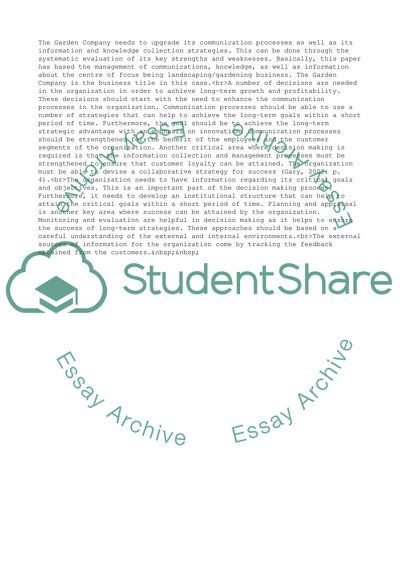Cite this document
(“Managing Communications in the Garden Company Assignment”, n.d.)
Managing Communications in the Garden Company Assignment. Retrieved from https://studentshare.org/management/1640638-managing-communications-knowledge-and-information
Managing Communications in the Garden Company Assignment. Retrieved from https://studentshare.org/management/1640638-managing-communications-knowledge-and-information
(Managing Communications in the Garden Company Assignment)
Managing Communications in the Garden Company Assignment. https://studentshare.org/management/1640638-managing-communications-knowledge-and-information.
Managing Communications in the Garden Company Assignment. https://studentshare.org/management/1640638-managing-communications-knowledge-and-information.
“Managing Communications in the Garden Company Assignment”, n.d. https://studentshare.org/management/1640638-managing-communications-knowledge-and-information.


